Climate change has emerged as one of the most pressing global challenges, impacting ecosystems and wildlife significantly. Among the creatures most affected by this environmental shift are the majestic big cats—iconic symbols of wilderness that inspire awe and admiration. Despite their prowess and adaptability, climate change poses severe threats to their survival. This article delves into the various ways climate change is altering the habitats of big cats, exploring the challenges they face and the cascading effects on biodiversity.
Changing Temperature Patterns

As global temperatures rise, many big cat species are forced to adapt to new climate realities. For example, the snow leopard, known for its cold, mountainous habitats, faces shrinking snowlines. The warming environment pushes these animals further up the mountains in search of cooler climates, reducing their habitable area and increasing competition for resources.
Impact on Prey Availability
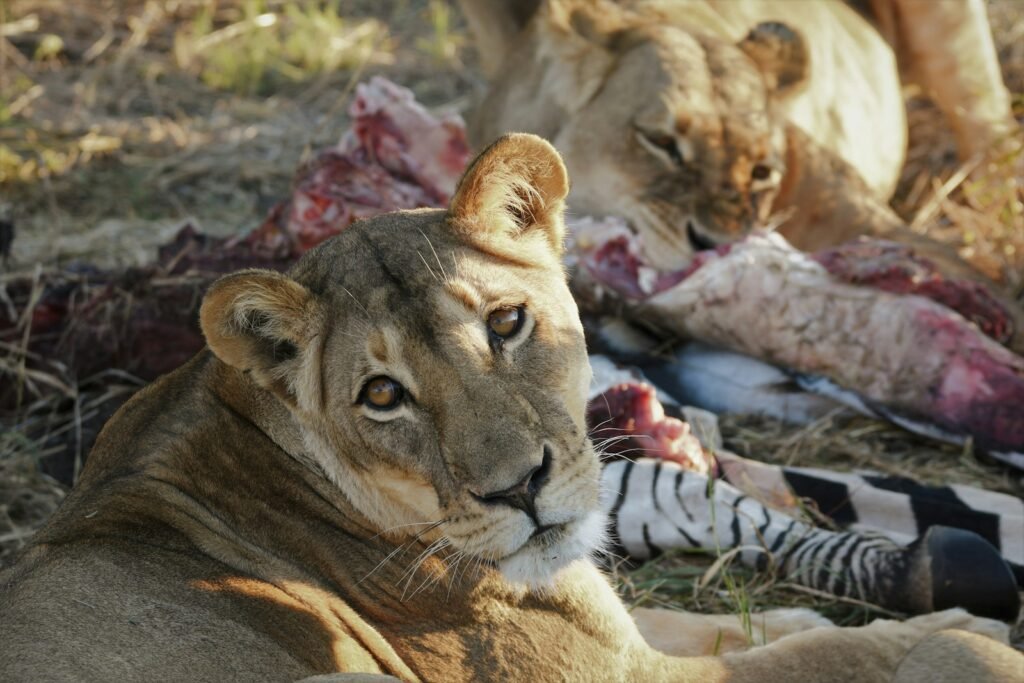
Big cats are apex predators that rely heavily on the availability of prey animals. Climate change disrupts the distribution and population dynamics of these prey species, often resulting in food scarcity for big cats. For instance, the African lion’s prey can face seasonal migrations that become unpredictable with changing climates, leading to mismatched timing of predator-prey interactions.
Loss of Habitat
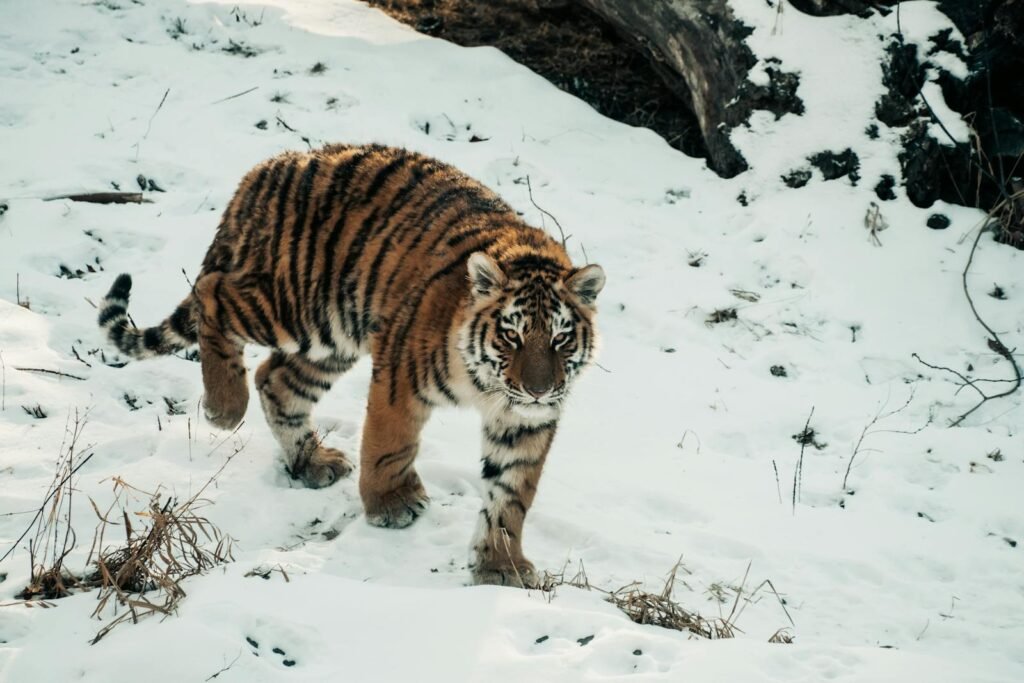
Deforestation and habitat destruction, exacerbated by climate change, contribute significantly to the loss of habitat for big cats such as tigers, leopards, and jaguars. As forests shrink, so does the area where these cats can hunt, find mates, and thrive. The Amazon rainforest, a critical habitat for jaguars, faces severe deforestation rates, threatening their survival.
Increased Human-Wildlife Conflict
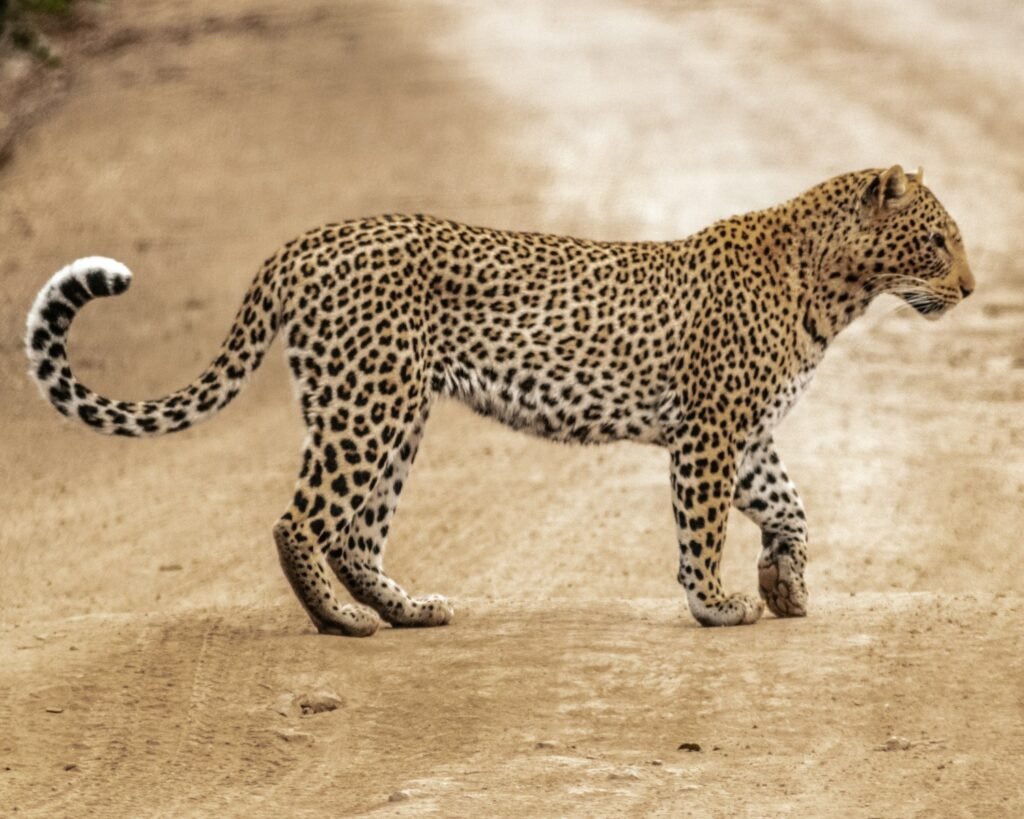
As big cat habitats shrink, they are forced closer to human settlements, increasing the likelihood of human-wildlife conflicts. Displaced big cats like leopards and cheetahs may venture into agricultural landscapes to hunt livestock, leading to retaliatory killings and further endangering their populations.
Disease Spread
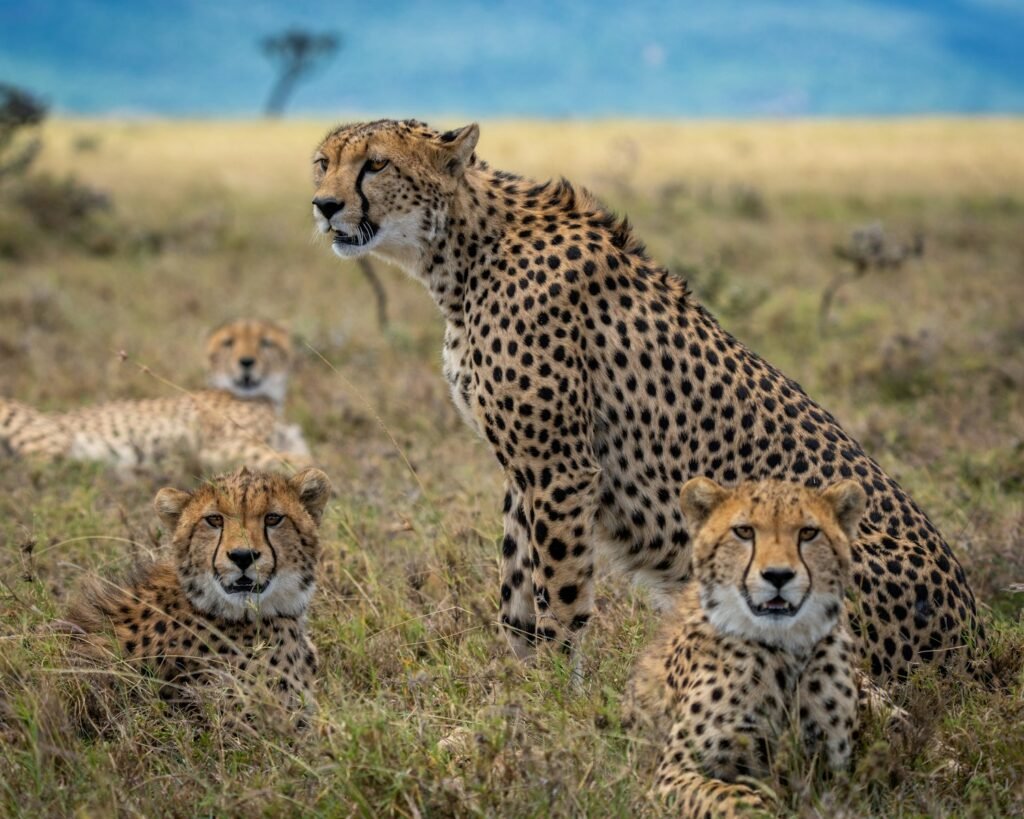
Climate change facilitates the spread of diseases that can impact big cat populations. Warmer temperatures and changing weather patterns can lead to the proliferation of parasites and pathogens. For example, the spread of canine distemper virus in lions is exacerbated by climate-induced environmental stresses.
Coastal Erosion and Rising Sea Levels
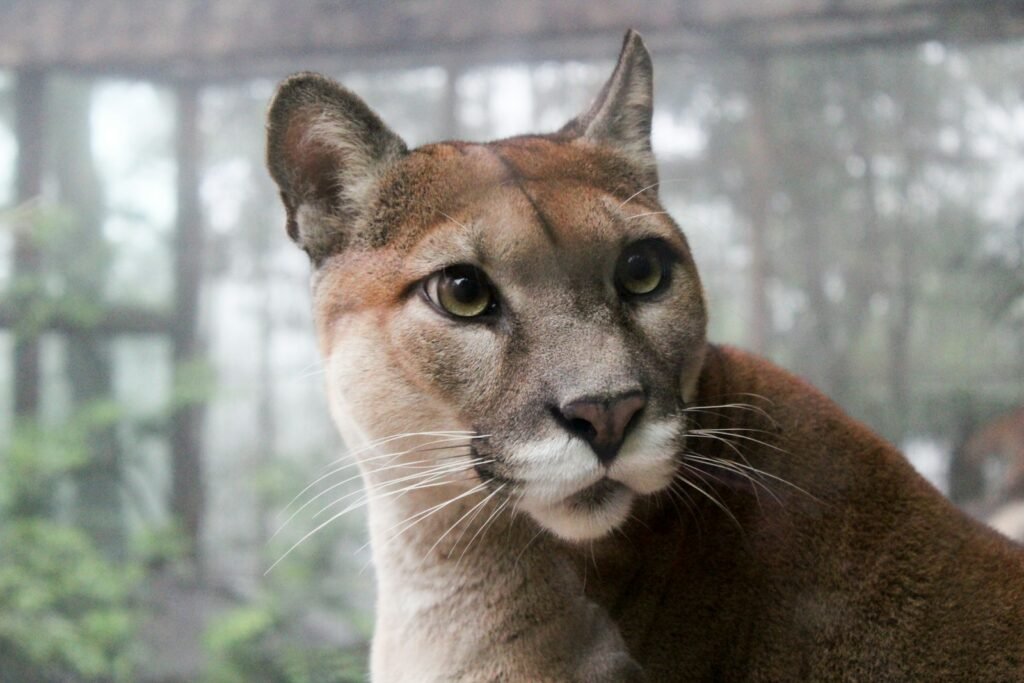
For species like the Bengal tiger, rising sea levels pose a direct threat. The Sundarbans, a unique mangrove habitat for these tigers, faces severe erosion and saltwater intrusion. This habitat loss not only reduces the area available for tigers but also impacts the availability of prey.
Fragmentation of Habitats
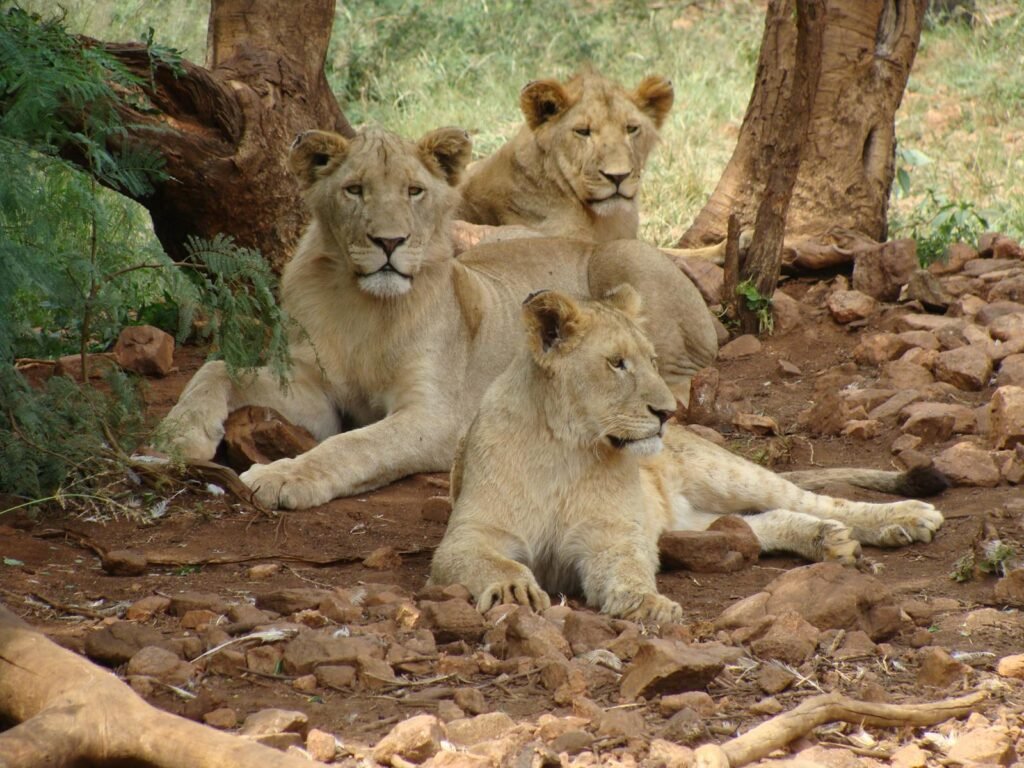
Climate change-induced alterations in landscapes lead to habitat fragmentation, which severely affects big cats. Fragmented habitats hinder genetic exchange between populations, reducing genetic diversity and increasing the risk of inbreeding. This weakens their resilience to environmental changes and diseases.
Effects on Migration Patterns
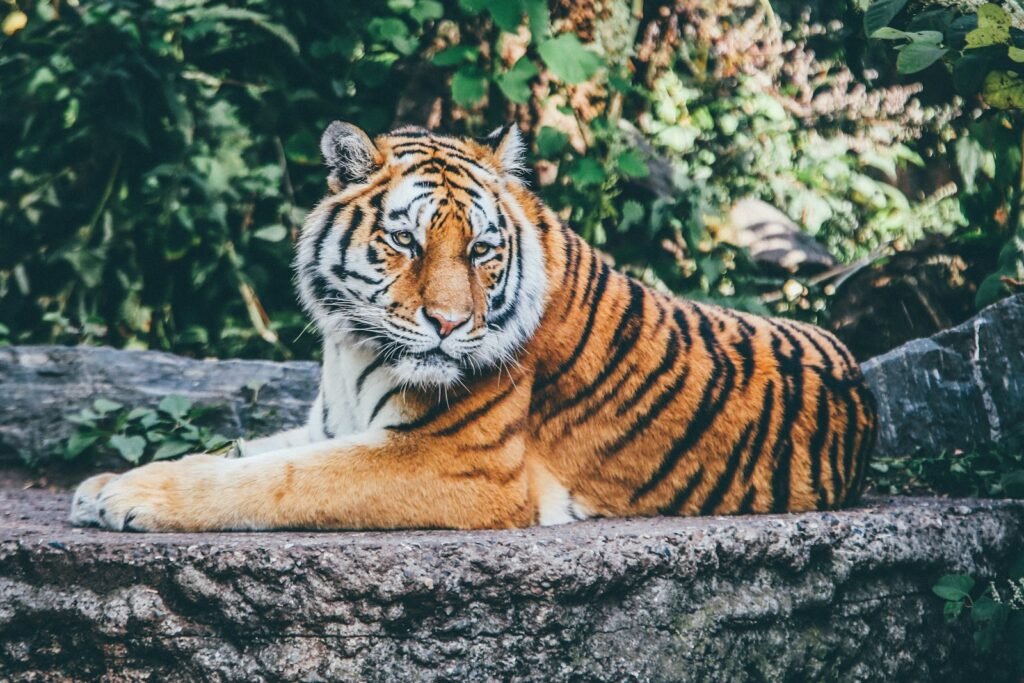
Some big cat species rely on migration to find prey or suitable conditions for living. Climate change alters migration patterns, often leading to more extended and challenging journeys that can deplete these animals’ energy reserves and reduce their chances of survival.
Loss of Biodiversity
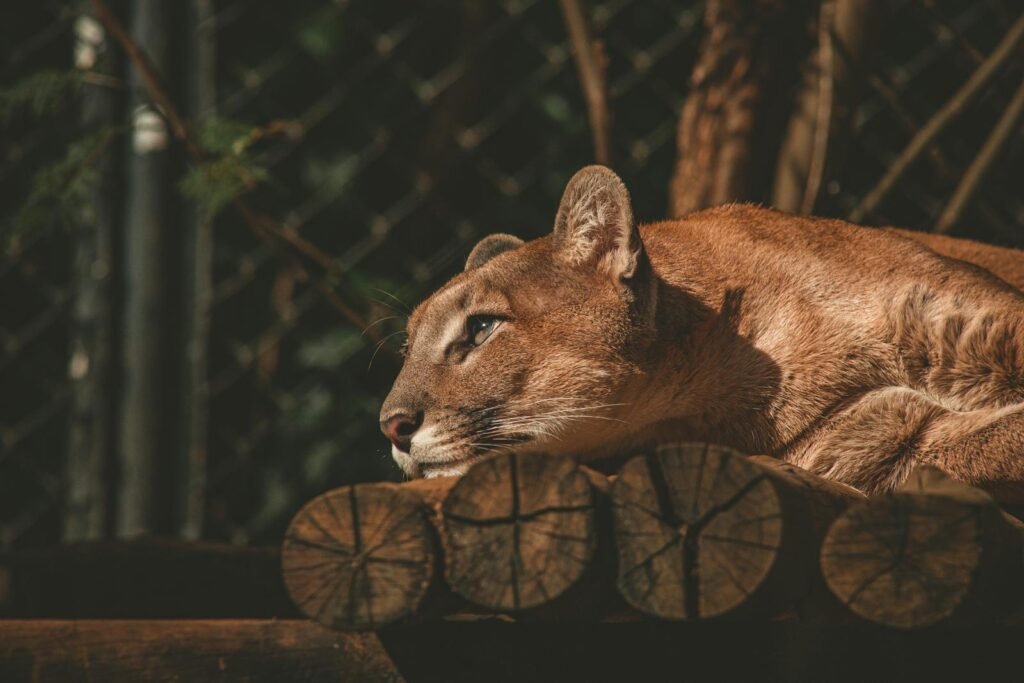
Big cats often prey on a diverse array of species, maintaining the ecological balance of their environments. As climates change, biodiversity loss occurs, affecting the entire food chain and posing additional survival challenges to big cats dependent on a variety of prey.
Efforts to Mitigate Impacts
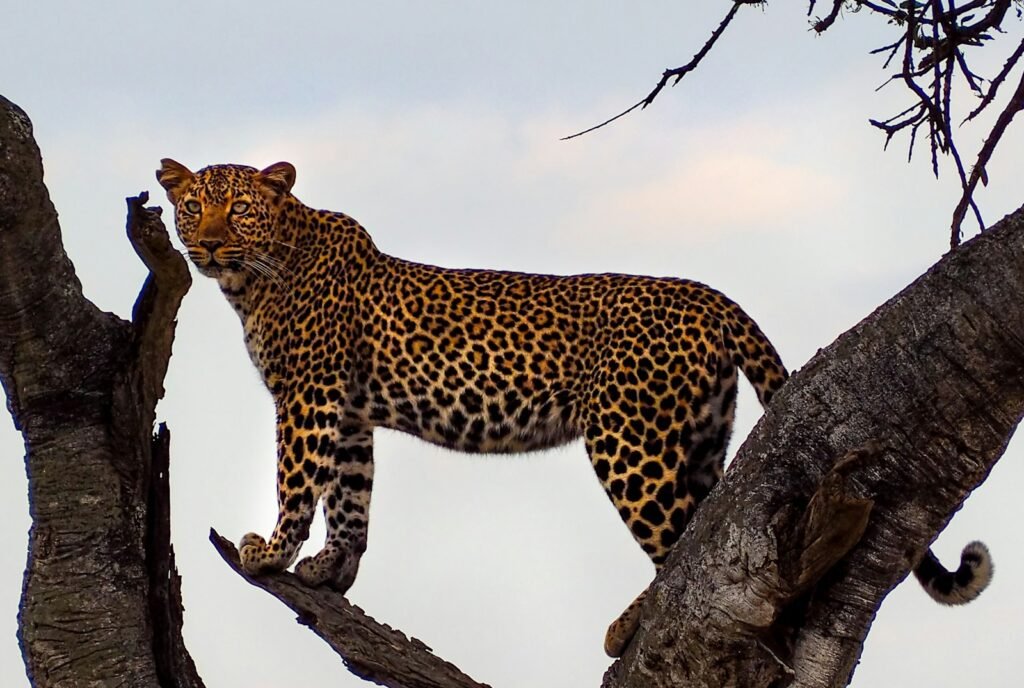
Conservationists worldwide are working to mitigate the impacts of climate change on big cats through habitat restoration, anti-poaching efforts, and community engagement. Establishing wildlife corridors to connect fragmented habitats is one strategy that enhances genetic diversity and reduces human-wildlife conflicts.
Role of Technology in Conservation
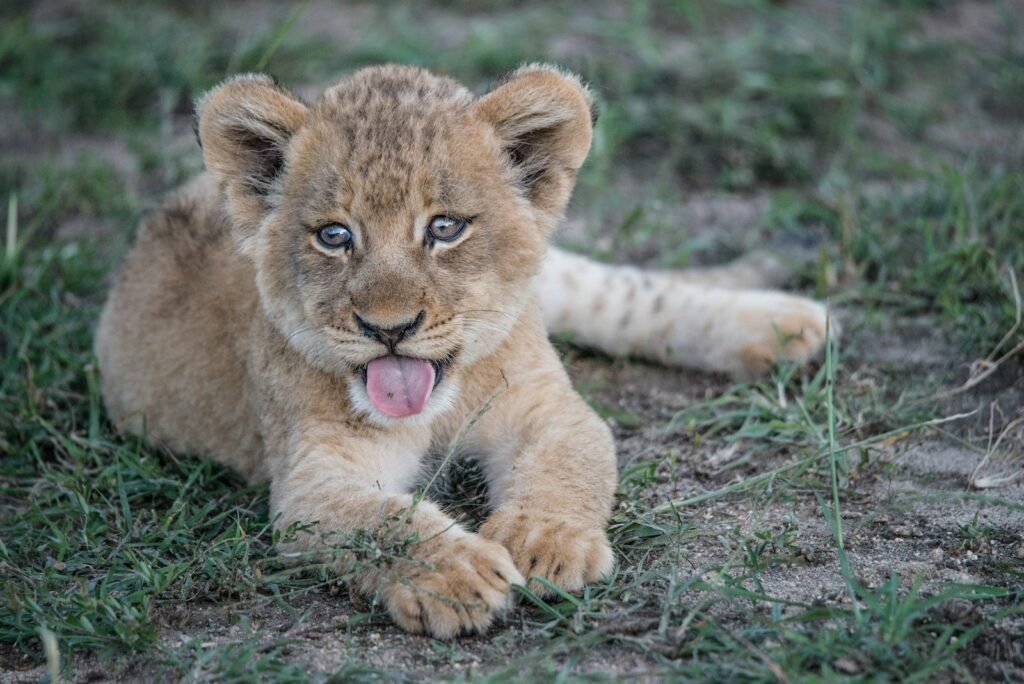
Technology plays a crucial role in monitoring big cat populations and their habitats. Satellite imagery and camera traps provide invaluable data on movement patterns and habitat usage, assisting conservationists in implementing more effective protection measures.
Community Engagement and Education

Engaging local communities in conservation efforts is vital in the fight against climate change effects. Through education and empowerment, communities can play an active role in protecting big cats and their habitats, promoting sustainable coexistence.
Conclusion

Climate change is an undeniable force reshaping the habitats and lives of big cats worldwide. Despite the formidable challenges, there is hope in collaborative conservation efforts, technological advancements, and community involvement. By understanding and addressing the impacts of climate change, we can work towards securing a future where these majestic creatures continue to roam wild and free. In doing so, we preserve not only the existence of big cats but also the intricate balance of ecosystems they help sustain.






